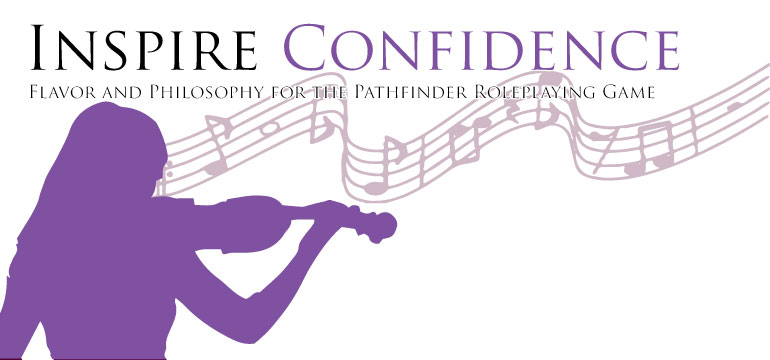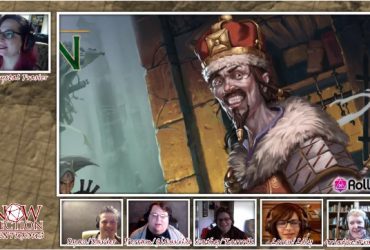Anyone who has ever watched a horror or adventure movie or gamed for more than an hour knows you never split the party. But we also know that if you don’t split the party, things don’t get done and bad stuff really happens. So, the players split the party, a GM’s second worst nightmare (the first being the party ignores all the plot hooks you put in front of them and a blog for another day).
How to be prepared
The biggest reason players split the party is because there are 2 (or more) compelling plot hooks or objectives that have some kind of time constraints on them – like rescuing the princess and turning off the tractor beam so the party can escape. As the GM you should know what your big story objectives are, which means the only surprises for you are how the players handle the story you’re presenting to them. The easy answer is if you don’t want them to split the party, don’t offer tempting options. By giving the PCs choices, they are going to feel compelled to complete all the things it’s how many gamer brains work, we can’t help it. If you keep it simple, you won’t have to worry about the players splitting the party.
However if your story requires a lot of moving parts, put some helpful pawns on the table that can take up some of the slack and allow the party to stay together while many Bothans die completing another part of the objectives. PCs are the heroes of their story, but that doesn’t mean that they must be the only competent or helpful characters in the world, they’re just the ones calling some of the shots. Having a cast of competent back-up NPCs to do less glorious chores like distracting the guards or shutting down the power grid allows the PCs to go in guns blazing to take out the big bad guy who’s standing on the bridge in the dark trying to get their minions to turn the lights back on. Or something like that.
I want to give them choices!
If you feel like you can’t follow the keep it simple philosophy of storytelling, then rough out all of your story’s pathways in advance – with contingency plans – because you’re going to need them all. Once the players have decided who’s going on Path A and who’s going on Path B, it’s all about the timing. This is where you’re going to draw from movie, television or novel pacing. You’ll need to advance both paths simultaneously so your players don’t get bored as they wait for their story to be addressed. Shoot for short cliff hangers before you cut to the other half of the party – these are like chapters in a book and you’re alternating between “characters” that leave you turning one more page at 3 am because you have to know how that shot to the head resolves for the heroes. While it’s not possible to have a hard and fast rule like “each group gets 30 minutes” that’s not a bad milestone to shoot for – try to keep the segments long enough to advance story and short enough to keep everyone on their toes. Fast back and forth gives a sense of urgency and increases the energy at the table.
The other reason to use frequent cut away is to buy you time to fly by the seat of your GM pants, the cliffhanger moment for Party A gives you time to think of what happens next in their story while you advance Party B into known planned territory. If you’re able to plan ahead though, write down some ideas of what might happen so you have them ready to go on the fly as a way to keep things flowing.
Party Reunion!
As one or both parties approach completion of their objectives you’re going to want to get your players back together with a bit of a bang, explosions and running fire fights are more Starfinder feeling than Pathfinder, but nothing says “happy to see you” like well-timed back up’s arrival on the scene. Splitting the party tests your GMing chops, but provides some great storylines that players will talk about for years to come, we all have a “remember when we split the party? That was dumb” story.







